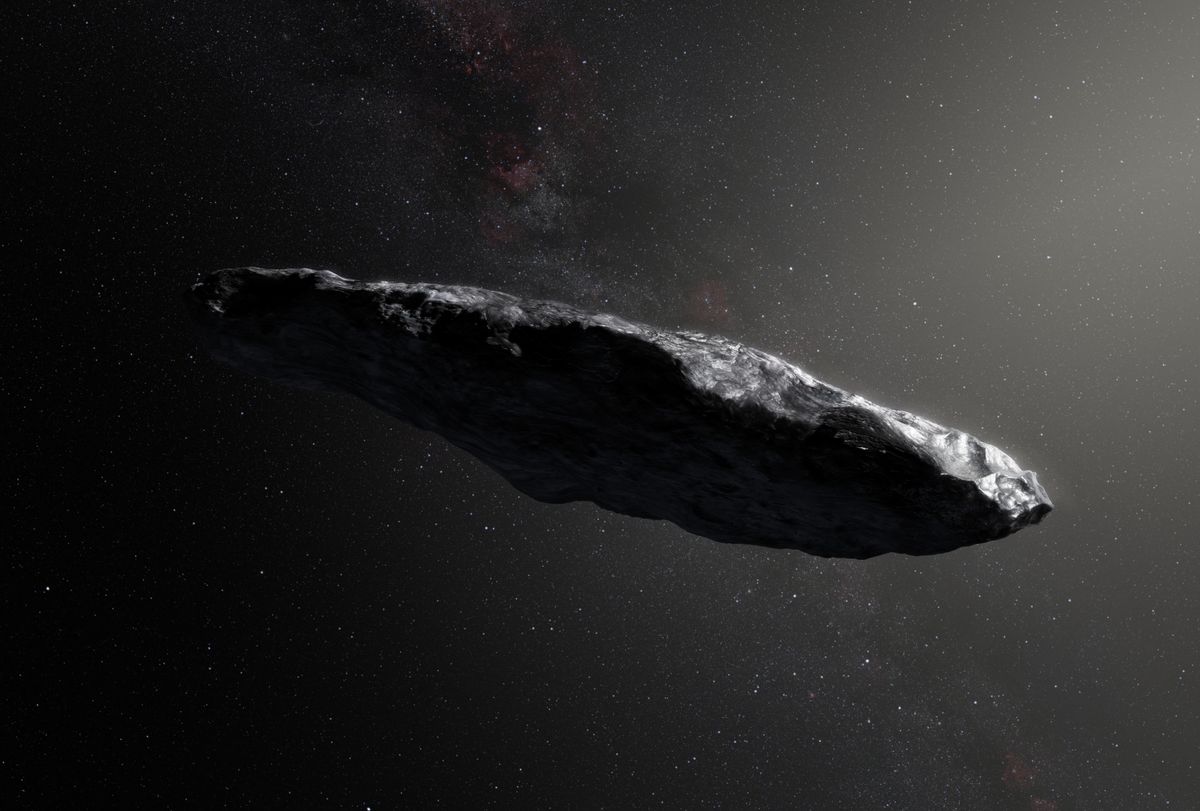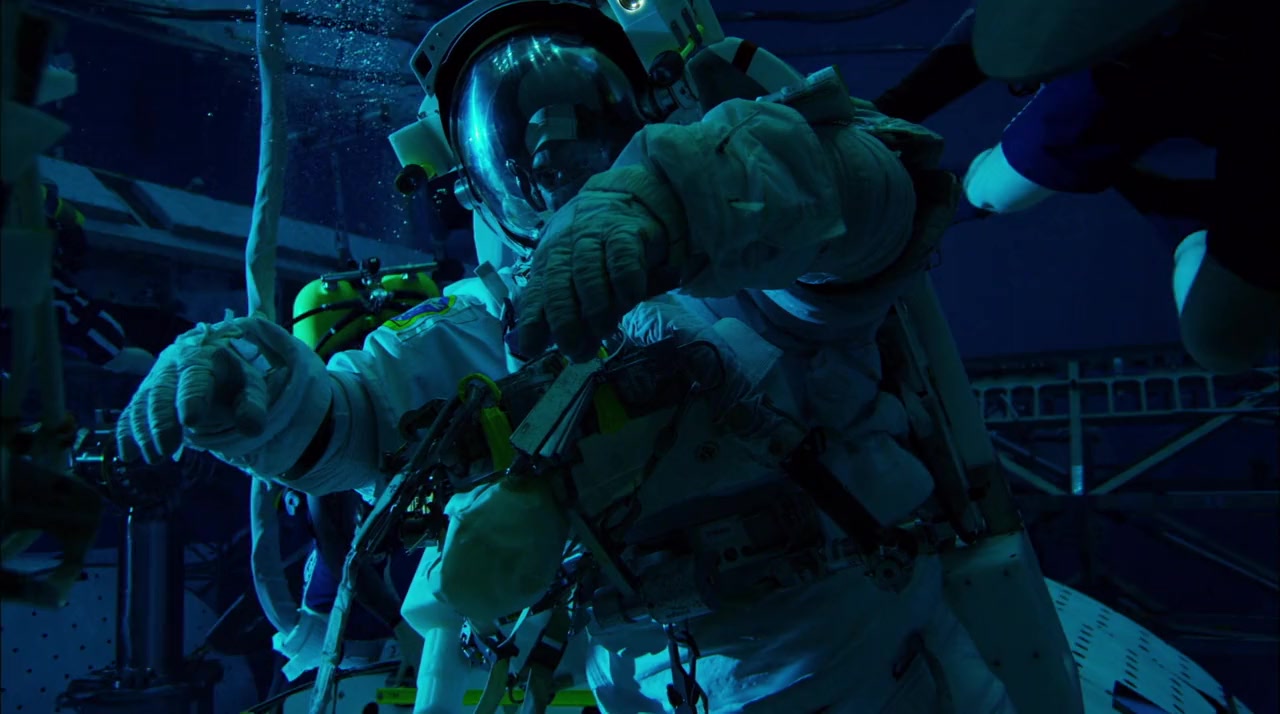
That universe is just a fraction of the size of the Milky Way alone, and otherwise is much less wondrous than what we have observed to be the reality. Tyson has more or less provided us with a simple visual of what a young-earth universe would have to look like.

The last time Tyson alluded to young-earth creationism on the show, he explained that for a young-earth timeline to be true the edges of the visible universe would be have to be much closer to Earth - and wondered who would want to believe in a smaller universe. Basically, Ussher added up all the lives and generations as written in scripture and concluded that the Earth was created on Sunday, OctoBC, just around 6 pm.ĭanielle: I love how elegantly he dismisses this theory. This time, it's Archbishop Ussher's chronology of the earth's age based on a literal reading of the Bible. "Duck soup my ass"Ībby: Well, as has become a recurring theme, this episode directly contrasts a young-earth creationism theory with the major scientific achievements that disprove it. It's an interesting story, but not quite as interesting as what that discovery lead to: a decades-long fight between industry, the government, and scientists over the dangers of emitting lead into the environment.

On this week's Cosmos: A Spacetime Odyssey, Neil deGrasse Tyson looked at how we know that the earth is 4.5 billion years old.
#AGE OF SPACE ARCHIVE#
Originally published on article is from the archive of our partner. We should welcome all scientifically grounded ideas that could shine a light upon it.įollow us Facebook or Google+. A comet is a very different proposition than a spacecraft, yet it is still relevant to the search for life: the discovery of an interstellar comet provides renewed motivation to consider theories like panspermia, which postulates that life is transported between the stars by comets, asteroids and other voyagers. Their analysis concluded that the effect is caused by "outgassing" - material being boiled off its surface - meaning that the object is probably a comet. In June, astronomers at the European Space Agency showed that 'Oumuamua is accelerating away from the sun more rapidly than can be explained by the force of gravity alone. Our program, for instance, was set up to look for "technosignatures" of advanced civilizations we may or may not find them, but in the process we have already made astronomical discoveries in their own right - such as a new fast radio burst (FRB), one of the mysterious super-high-energy events of unknown origin.Īnd any new knowledge gleaned about the cosmos could teach us something about its possibilities for life. One reason for this is that you never know what a scientific idea will reveal until you test it. Scientists should not be afraid to propose bold ideas, and open them up to criticism. But conjecture is not incompatible with rigor indeed, conjecture is fundamental to the scientific method.

Of course, when reacting quickly to events, mistakes are always possible, and scientific rigor is always paramount. In this climate of excitement, it's important that scientists are public figures - keen to take the lead in communicating with the public about new developments. If, as many astrobiologists suspect, life was once present on the Red Planet, perhaps such lakes could still support it today. And just last month, the European Space Agency's Mars Express orbiter discovered a lake of liquid water beneath the surface of Mars. What has galvanized the science community around the search for life? Recent space missions, such as NASA's Kepler and Cassini missions, have changed the game, revealing that most stars have planetary systems, and icy outer moons in our solar system could hold the conditions for primitive life.

At our annual conference on the subject, called Breakthrough Discuss, I see astronomers, cosmologists, biologists, geneticists, chemists and engineers bubbling with new ideas, from identifying exoplanet atmospheres to building synthetic life in the lab to searching for laser signals from other star systems. In the same period, astrobiology - the study of life in the universe - has blossomed as a science. Meanwhile, private space programs, such as Elon Musk's SpaceX and Jeff Bezos' Blue Origin programs, have re-ignited enthusiasm about human space travel. In the last two decades, among other momentous findings, astronomers have discovered that the expansion of the universe is accelerating they have imaged its state soon after the Big Bang and they have detected gravitational waves from black holes and neutron stars.


 0 kommentar(er)
0 kommentar(er)
